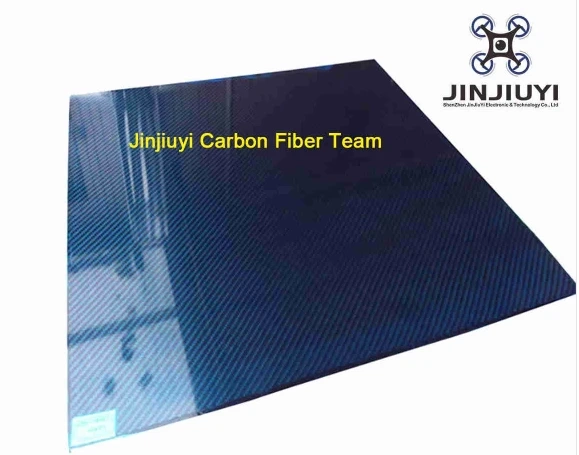When it comes to FPV (First-Person View) racing like mark 4 drone, your drone’s frame isn’t just a skeleton holding the parts together—it’s the foundation that determines speed, agility, and durability. The frame’s design influences aerodynamics, weight distribution, and how well your drone can handle the intense impacts of racing. Choosing the right FPV racing frame can make the difference between a podium finish and a mid-air breakdown.
1. Frame Size and Configuration
Racing frames typically fall into the 3" to 7" propeller size category, with 5" being the most popular for competitive racing. A 5" frame offers an ideal balance of thrust, maneuverability, and flight time. The motor-to-motor distance, also called the wheelbase, affects how stable or agile your drone feels in the air. Smaller frames (like 3") are more agile but less stable at high speeds, while larger frames (like 6–7") provide stability but can feel sluggish.
2. Materials Matter
Carbon fiber dominates the FPV racing world due to its strength-to-weight ratio. It resists flexing during aggressive maneuvers, which helps maintain precise control. Thicker plates (around 4–5 mm for arms) offer greater durability in crashes but add weight. The goal is to balance toughness with keeping the frame light enough for maximum acceleration.
3. Frame Geometry
Two common geometries are:
- True X – All arms are equal in length, creating symmetrical flight characteristics. This is preferred for freestyle but also used in racing for balanced handling.
- Stretched X – The front and rear arms are slightly longer than the side arms. This design improves forward flight stability, making it a top choice for racing circuits.
4. Weight and Build Considerations
Every gram counts in FPV racing. A lighter frame accelerates faster and requires less throttle to maintain speed, but going too light can sacrifice durability. Many competitive pilots aim for frames between 60–100 grams, depending on build style.
5. Mounting Options and Compatibility
Look for frames with standardized mounting holes for flight controllers (20×20 mm or 30.5×30.5 mm) and cameras (micro, mini, or nano sizes). Modular designs that allow quick arm swaps are a bonus, reducing downtime after crashes.
6. Aerodynamics and Design Features
Low-profile frames reduce air drag, while chamfered edges on carbon fiber arms improve airflow and reduce turbulence. Some frames integrate protective bumpers for FPV cameras, preventing costly lens damage.
Final Thoughts
In FPV racing, milliseconds matter. A good frame should be light, strong, and aerodynamically efficient. Pilots should choose based on their racing style—tight, technical tracks benefit from smaller, more agile frames, while long, high-speed circuits reward stability and smooth handling. Investing in a high-quality racing frame is not just about performance—it’s about ensuring your drone survives the inevitable crashes and keeps you flying longer.


